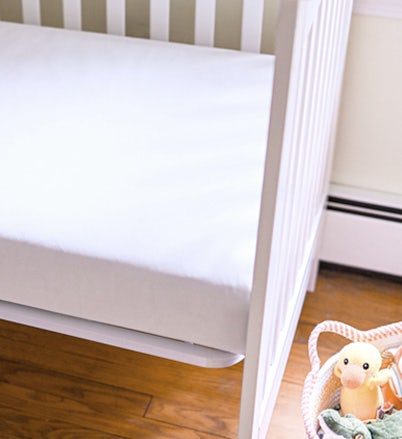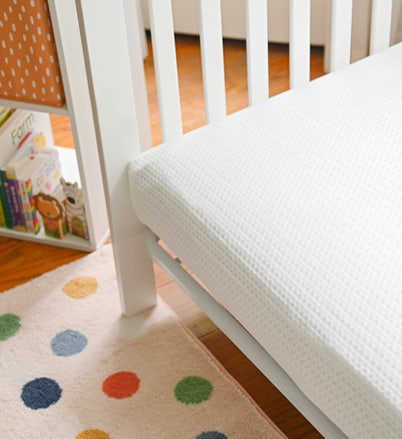Your Quick Guide to Healthier Sleep for Healthier Babies
Tomorrow we celebrate a day that means a lot to us here at Lullaby Earth: World Sleep Day! Sure, some of the daily “holidays” may seem like overkill. For instance, today happens to be National Artichoke Day, and while artichokes are a delicious source of magnesium … do they need a holiday?
But World Sleep Day? Sign us UP! This holiday not only celebrates sleep but also aims to spread awareness for important sleep and health topics. With this year's theme – Sleep Is Essential for Health – we're extra excited that people from 70+ countries around the globe will be advocating for safer, healthier sleep.
For new parents, sleep safety is a huge concern. How much sleep do babies need? What’s the safest sleep environment for newborns? At Lullaby Earth, we're here to help YOU learn about sleep safety for your baby – today and every day. Let’s dig in!
How Much Sleep Do Babies Need?
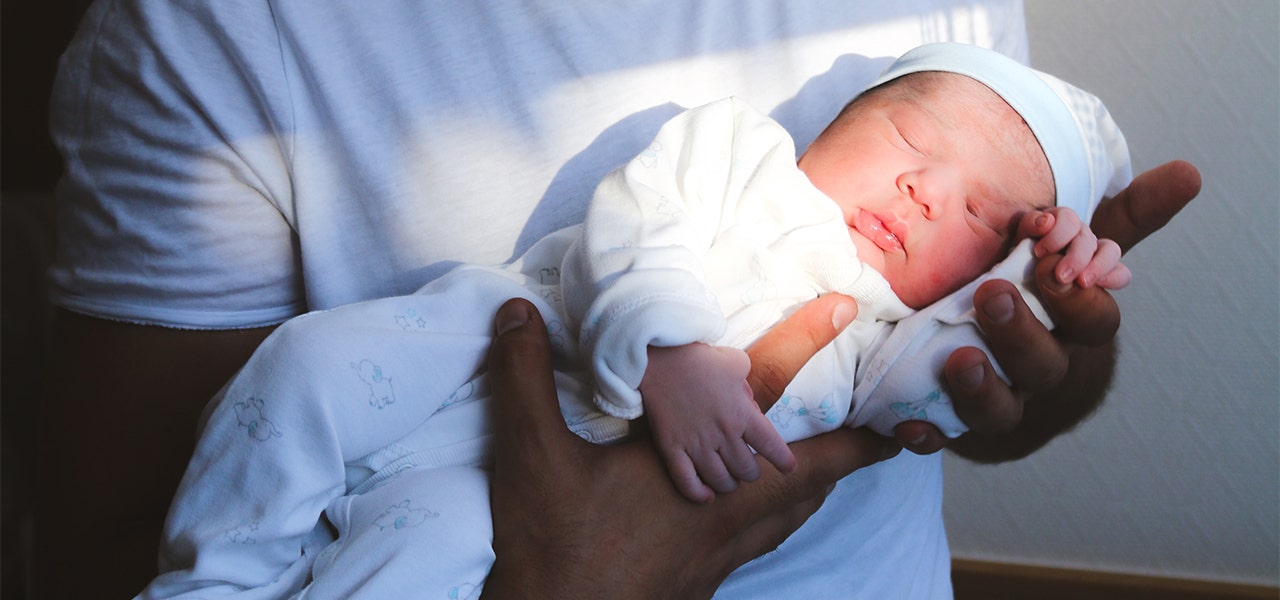

Frequent nighttime wake-ups can leave sleep-deprived parents unsure of what is normal when it comes to infant sleep. The American Academy of Pediatrics (AAP) recommends that infants (4-11 months) should sleep 12-16 hours a day. Newborns may sleep even more.
We know it probably feels like your baby never sleeps. But keep in mind that these sleep hours don’t happen all at once! Babies often wake up multiple times throughout the night for feedings and diaper changes. Daytime naps (no matter how short) factor in, too.
Why Is Sleep So Important for a Baby's Health?
Newborns and infants undergo very rapid development during their first few months of life, and sleep is essential for this! Most babies triple their birth weight during their first year and grow nearly 10 inches. Imagine if you were running a marathon every single day – you would need a lot of sleep to recover, right? It’s like that for babies’ bodies and all the work they are doing to grow.
Your little one’s brain is working hard, too. It’s a common misconception that a baby’s brain is inactive during their time of rest. During sleep, an infant’s brain is working to regulate normal body functions, process information, form important neural connections and more.
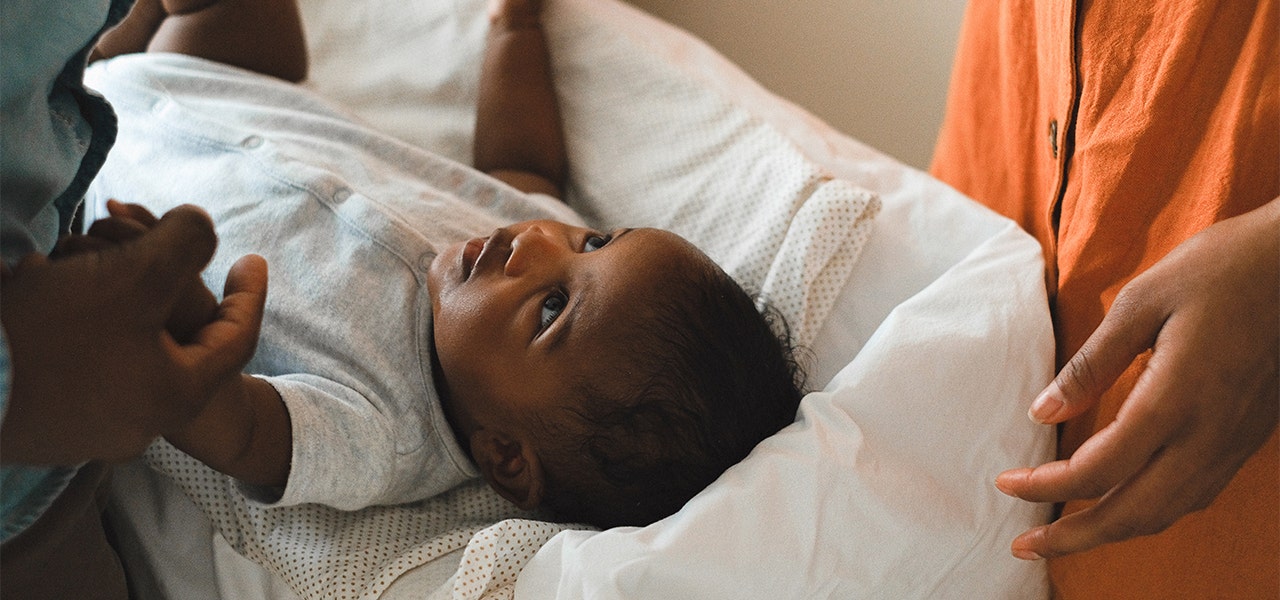

5 Baby Sleep Safety Tips for Healthier Sleep
Considering how much sleep babies need and how important it is, making sleepytime as healthy as possible is a must. Here are just a few of our top tips:
1. Brush up on the Basics
Of course sometimes Baby dozes off in the car seat or baby swing, and that’s fine for short periods when you’re awake and closeby. But, when it comes to regular sleep, a firm crib mattress that snugly fits the crib frame is safest. Make sure that the crib sheets fit snugly, too! The sheets should not sag even when the baby is placed onto the mattress.
Similarly, avoid suffocation risks by keeping the following OUT of the crib: blankets, pillows, bumpers, stuffies or toys. You’ll want to keep other people out, too – the AAP recommends that babies and parents sleep in the same room, but not in the same bed.
The best sleeping position for babies is flat on their backs. However, if your baby does roll during sleep, this is okay! Just avoid swaddling, and consider using a breathable crib mattress.
2. Avoid Environmental Toxins
Did you know that MANY of the baby mattresses on the market are filled with toxic chemicals and harmful materials? Polyurethane foam, flame retardant chemicals, vinyl/PVCs, PFAS, formaldehyde, glues and adhesives … they all sound scary! Unfortunately, these materials are also found in most crib mattresses and have been associated with health risks like:
- Neurological disorders
- Endocrine disruption
- Organ damage
- Cancer
To give your baby safer, healthier sleep, we highly recommend finding a MADE SAFE® certified non-toxic crib mattress. Luckily, all of Lullaby Earth’s crib mattresses are certified non-toxic and made without any of those scary-sounding chemicals!
Baby bedding and sleepwear typically contain flame retardants, too, so you’ll want to do some research.
3. Waterproofing Is a Must
The last thing a parent wants is mold growing inside of their little one’s crib mattress. We understand babies can be messy – spit up, accidents and other spills are likely to happen inside of the crib. Without a waterproof mattress, these accidents can turn into a breeding ground for bacteria, mold and mildew. Yuck.
Unfortunately, not all waterproof crib mattresses support healthy sleep. In fact, most use some of the same substances we just discussed – vinyl and PFAS – that off-gas harmful chemicals. Rest assured that Lullaby Earth’s crib mattresses feature a hygienic design that is easy-to-clean and made with food-grade, non-toxic waterproofing.
4. Dress Baby Appropriately
Is Baby too hot? Too cold? Since their bodies are still developing, infants struggle with temperature regulation. While the instinct may be to bundle up your little one, they likely don’t need it. It’s a good idea to start by dressing your baby in one more layer than you feel comfortable wearing, and breathable fabrics are best.
Babies should always wear clothing that is free of any ties or strings when they sleep. And their heads should never be covered! If you swaddle your baby, make sure that the blanket is snug just below their neck. Remember – once a baby is able to roll in their crib, stop swaddling!
5. Create a Calming Bedtime Routine
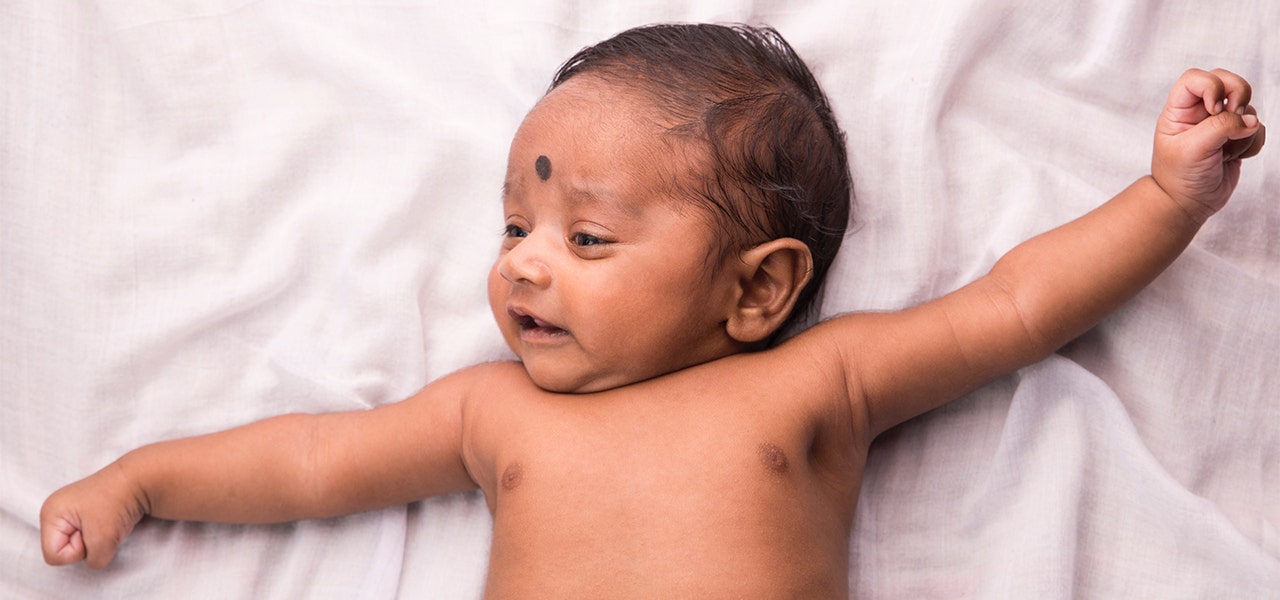

This may sound odd, but you actually have to teach your baby how to get healthy sleep. Their internal clock isn’t functioning at full capacity yet, but they can learn from sleep cues. The best way to do this is with a consistent bedtime routine.
Limit play time or tummy time before bed to help calm your baby and get them ready to rest. You can also try giving your baby a warm bath, turning off any bright lights, reading a bedtime story or singing a soothing lullaby while stroking your baby’s back. All of these can develop into the sleep cues your baby’s brain needs to release melatonin, the hormone that makes them sleepy.
Learning more about safer and healthier sleep for your baby is one of the best things you can do as a parent. Here at Lullaby Earth, we love nothing more than helping parents feel more comfortable putting Baby to bed – safely. We all know that it takes a village, and we’re happy to be a part of yours. (Plus, once your precious little one sleeps better, you can, too!)

 Baby
Baby
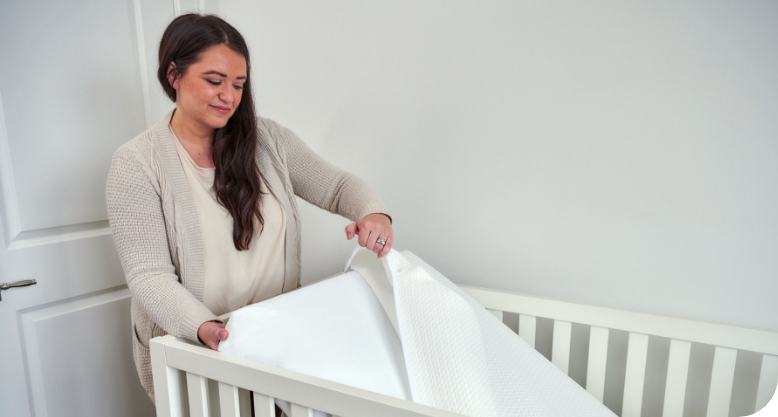
 Kids
Kids
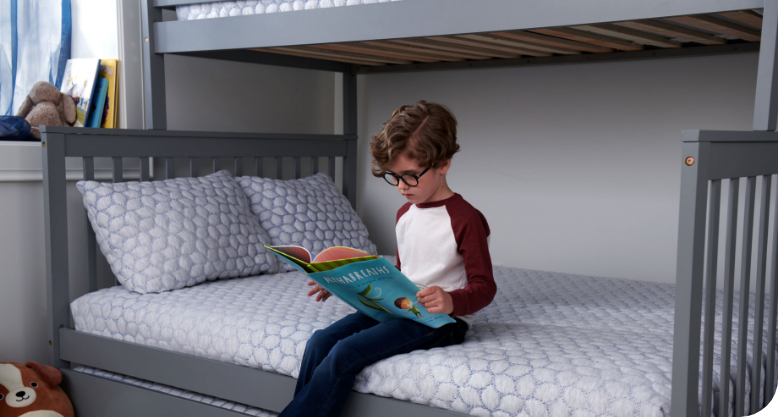
 Learn
Learn
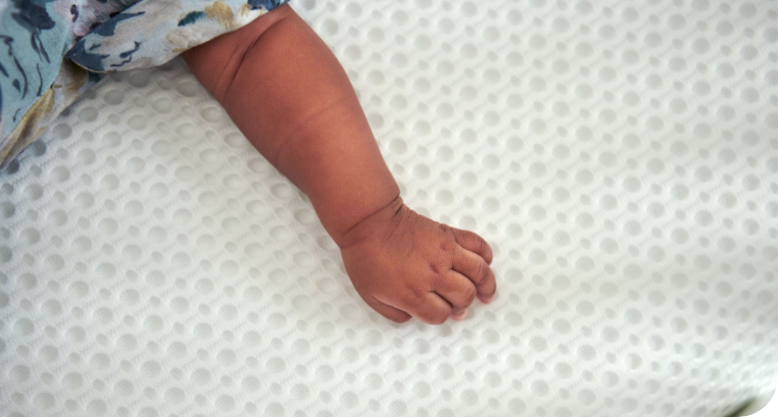
 FIND A STORE
FIND A STORE CONTACT
CONTACT
